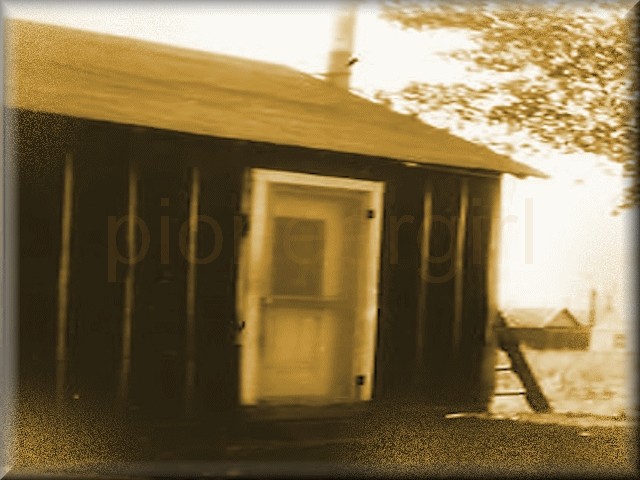building paper / tar paper

Building Paper. Crude paper manufactured from straw, used in the covering of buildings. — Webster, 1882
Tar. A thick, impure, resinous substance, of a dark brown or black color, obtained from pine and fir-trees, by burning the wood with a close, smothering heat. — Webster, 1882
Tar Paper. Building paper prepared with tar in order to render it as nearly waterproof as possible.
 Building paper has advanced in sixty days seventy-five cents per hundred, and in Chicago the advance has been fifty cents per hundred in the past week. This is a serious matter to the building interest in the Northwest, where paper is so universally used in the walls of dwellings. – Redwood Falls Gazette, April 21, 1881,
Building paper has advanced in sixty days seventy-five cents per hundred, and in Chicago the advance has been fifty cents per hundred in the past week. This is a serious matter to the building interest in the Northwest, where paper is so universally used in the walls of dwellings. – Redwood Falls Gazette, April 21, 1881,

Paper is a very bad conductor of heat, and if applied to buildings, will prevent the outside cold or heat from communicating through it with the interior. Building paper is applied to the outside of buildings between clapboard and sheathing. It is also put on the inside of frame dwellings instead of plaster, and on roofs under shingles the same way as under clapboards. It should always be laid with a good lap.
Building paper is manufactured from straw mixed with the lowest grade of rags, waste paper, and cane paper. Chemicals can be added to help make the paper water or fire-proof, or both. Tar is sometimes used for this purpose. – Carl Hoffman, A Practical Treatise on the Manufacture of Paper in all its Branches (Philadelphia: Henry Carey Baird, Industrial Publisher, 1879), 332.
As Charles Ingalls pointed out in By the Shores of Silver Lake about the first building he constructed on the new townsite of De Smet (see Chapter 27, “Living in Town”), anything built out of single boards isn’t very air- or water-tight when you can see sunlight streaming in between the boards! The early settlers used whatever they had to keep out the elements, including old newspapers, cloth, or straw. If an air space could be left between building material layers, so much the better. If available and there was money enough, building paper and tar paper were purchased for insulation or sheathing. Laura and Carrie laughed at the “tiger-striped” claim shanty on the homestead claim. The photo above shows what tar paper held down with strips of lath looked like on early buildings. Not very pretty, but it did help stop the rain and wind.
Building and tar paper are still used in construction today and can be found at almost any home improvement store.
An 1881 Dakota newspaper made a joke when reporting the latest fashions from back east: The Fashion. An opera cloak is of dark green velvet, with a lining of delicate pink satin, and with trimmings of wide bands of Russian sable. Another is of wine colored velvet, lined with salmon satin. One of royal blue velvet is lined with seal brown plush.– Fashion Note. Another is of buffalo hide lined with building paper. That’s the Dakota style.

building paper / building-paper (TLW 8; THGY 24; PG)
tar paper / tar-paper (BPC 16; SSL 29; TLW 1, 3, 5, 7, 31, 33; THGY 1, 24; PG)

